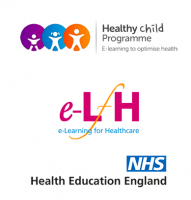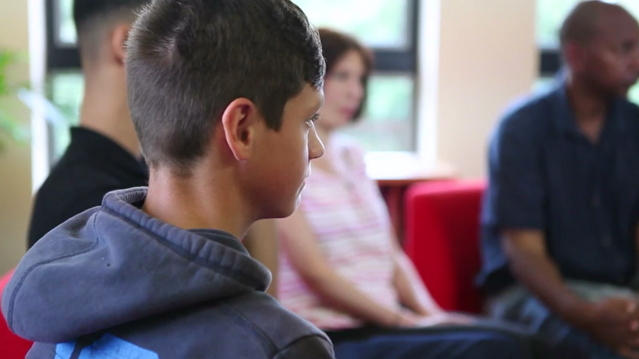Assessment of Eating Disorders



This session covers the stages of the assessment of eating disorders, taking into account diagnostic criteria, nutritional status and the role of the family.
Learning Objectives
By the end of this session you will be able to:
- Assess and diagnose common eating disorders (anorexia nervosa, bulimia nervosa and binge eating disorder) in young people
- Recognise the signs and symptoms of eating disorders and acute malnutrition
- Recognise the impact of dietary restriction on growth and development in children and adolescents
- Understand the limitations of the various methods for assessment
The assessment of eating disorders is not just about making a diagnosis and formulation – it is the first contact with a patient group usually reluctant to seek help, and should be thought of as an opportunity to engage a young person and their family in getting help. Assessment is therefore an intervention in its own right.
Before commencing this session you should complete the following AH sessions:
- 03_002 Capacity and Consent (401-0011)
- 03_003 Confidentiality (401-0012)
- 12_007 Eating Disorders in Young People (401-0062)
Dasha Nicholls is Consultant Child and Adolescent Psychiatrist and Joint Head of Feeding and Eating Disorders service at Great Ormond Street Hospital. Her clinical work is concerned with aspects of problem feeding and eating disorders in children aged 0-16 years, ranging from failure to thrive to early onset anorexia nervosa, as well as the treatment of childhood obesity. She is actively engaged in research, writing, lecturing and teaching, nationally and internationally.

- Wound Care Education for the Health and Care Workf...
- Posted By eIntegrity Healthcare e-Learning
- Posted Date: 2025-02-21
- Location:Online
- This session builds on the Essentials of the Foot at Risk session to enable Tier 2 level knowledge and skills set out in The National Wound Care Core Capabilities Framework for England. It will introduce you to the 'at-risk foot' and explain how to asse
- Wound Care Education for the Health and Care Workf...
- Posted By eIntegrity Healthcare e-Learning
- Posted Date: 2025-02-21
- Location:Online
- This session aims to educate learners about how to use the Pressure Ulcer Risk Primary or Secondary Evaluation Tool (PURPOSE-T) (© Clinical Trials Research Unit, University of Leeds and Leeds Teaching Hospitals, NHS Trust, 2017) to carry out a pressure
- Wound Care Education for the Health and Care Workf...
- Posted By eIntegrity Healthcare e-Learning
- Posted Date: 2025-02-21
- Location:Online
- This session discusses the impact of nutrition and lifestyle behaviours on wound healing. It highlights common risk factors to healing and their influence on the intricate world of improving skin healing prospects whilst encouraging constructive patient c
- Wound Care Education for the Health and Care Workf...
- Posted By eIntegrity Healthcare e-Learning
- Posted Date: 2025-02-21
- Location:Online
- This session discusses the importance of comprehensive wound assessment. This session will be of benefit to health and care workers, practitioners and carers across any care setting.
- Wound Care Education for the Health and Care Workf...
- Posted By eIntegrity Healthcare e-Learning
- Posted Date: 2025-02-21
- Location:Online
- This session will introduce you to the foot, how to do a foot check and maintain foot hygiene and what to do if you identify any problems or changes. It will help you to build the skills needed to reduce the risk of a person developing foot problems.








